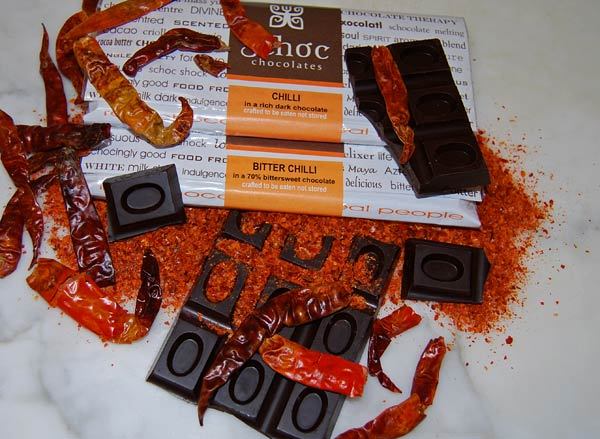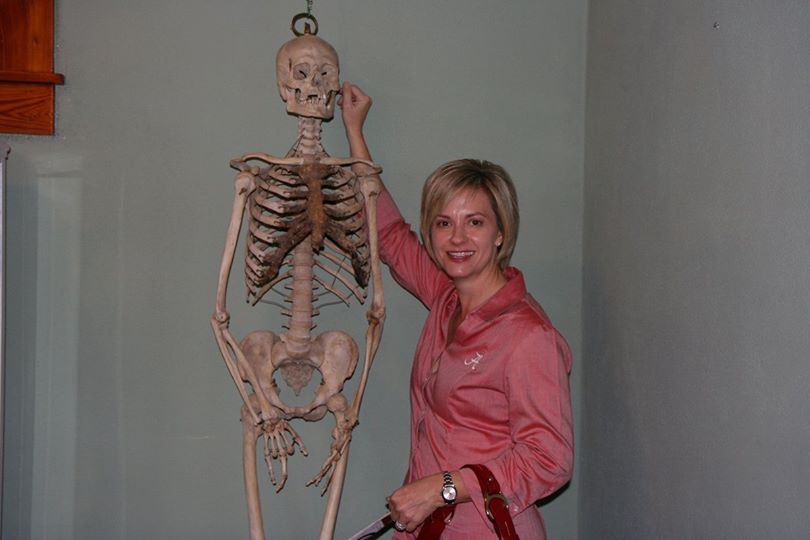One of the most powerful women in business today is UA’s School of Business alumna Marillyn Hewson, CEO and President of Lockheed Martin Corp.
In 2013 Hewson was making headlines and headway. It was a year that included her being named to the top position at Lockheed Martin and being ranked No. 4 on Fortune magazine’s list of 50 most powerful women in business. She was also named to Forbe’s list of the world’s most powerful women. She as also appointed by President Barack Obama to the President’s Export Council, the principal national advisory committee on international trade.
Hewson received her bachelor’s degree in business administration and master’s degree in economics from UA’s Culverhouse College of Commerce. She is also a current member of the Culverhouse College of Commerce Board of Visitors. So when Executive Magazine had the opportunity for a O&A with Hewson, we took the opportunity to find out more about her career, life and path to the top.
1. What was your reaction to finding out that you were named by Forbes as one of the world’s most powerful women?
Well, it’s certainly exciting to be named to that very prestigious list and humbling to be in the company of so many brilliant, successful women. One of the primary reasons I’m on the list is because I lead a world-class company. Lockheed Martin is a $45 billion global enterprise that’s performing very well for our customers and our stockholders. That’s a credit to the 113,000 talented men and women of Lockheed Martin, who are delivering outstanding work. I’m simply a reflection of all of their good work, and I’m very proud to represent them.
2. What advice would you give to female business students?
My advice for women – or, in fact, for anyone who aspires lo have a successful business career – is don’t set limits on yourself. Sometimes it’s hard to see the growth opportunity in a potential new assignment if it’s not what you had envisioned, so you may dismiss the assignment before you fully explore it. So my advice is, as you go after what you want in your career, remain open-minded to the opportunities that will push you out of your comfort zone. Challenge you and give you a new set of experiences that will strengthen your expertise. I’ve found that it’s often the unexpected opportunities that provide the most valuable experiences.
3. What is the biggest lesson learned, to date, from your career?
The most important lesson I’ve learned in my career is that you must always stay grounded in your values. And that means the company you work for should share those values.
Strong values are where leadership really begins. One of the many reasons I have loved working at Lockheed Martin all these years is because our values as a company align with my personal values. They’re very simple: Do what’s right, respect others and perform with excellence.
These are the values that guide every one of my decisions. You”ll face many turning points and tough decisions throughout your career, and I can tell you from experience that, for the really tough decisions, you have to be standing on a solid foundation of values.
4. Do you feel the way has been paved for women to rise in the leadership ranks of the business world?
Absolutely. I’m encouraged to see a growing number of remarkable female leaders take their place in business, as well as politics, the military, academia and every profession. I’m especially proud of my industry, which has been opening doors for women for decades. In fact, the aerospace and defense industry was one of the first to hire women into nontraditional professional roles.
During World War II, many women went to work hammering, riveting and welding the products that would help defend our nation and advance freedom around the world. Such empowerment of women built momentum for the kind of inclusion we have today. It’s rewarding to see so many women carrying on the legacy of those women who helped build the modern workplace. Today, women represent more than half of the professional workforce, and the number of women leaders continues to rise. I’m proud of how far we’ve come and confident that there’s even more opportunity ahead.
5. Who was your mentor?
When I began my career at Lockheed Martin more than 31 years ago. mentoring and talent development played a huge role in gelling my career on the right track. When I was a relatively new supervisor, the vice president of operations nominated me for the Lockheed General Management Development Program, which was a very selective program with only four employees or 21.000 applicants accepted. It required the vice president to do more than just put forward my nomination. He had to commit to having a job for me when I graduated from the program. It was clear that he genuinely wanted me to be successful at Lockheed, and he went out of his way to support me. When I was accepted into the program, he mapped out where I should go and how long I should stay in each rotation to ensure my experiences were diverse and that I would be prepared for my next role. At the end of the two years, he promoted me into my first department manager role and I felt prepared to be successful.
That experience turned out to be one of many turning points in my career. And it was all because a vice president in my company recognized my potential and was willing to get involved.
6. What led to your decision to attend The University of Alabama?
My ram1ly lived nearby the school. so I was aware that The University of Alabama had an exceptional business program. It aligned with my academic strengths and career aspirations, and I was working full time in Tuscaloosa to pay for my college education, so it was a natural fit.
7. What is the biggest lesson you learned from your time at the Culverhouse College of Business?
I enjoyed my time at the Culverhouse College of Commerce and learned many important lessons that I’ve carried with me throughout my career. I couldn’t point to just one lesson; however, the diverse and interesting people I met and their willingness to share their knowledge and experiences so openly was a highlight.
8. What is the best piece of advice given to you by a teacher?
There wasn’t only one. The faculty was top notch, and they consistently challenged me to remain intellectually curious and to perform my best on every project and assignment. Also, they showed me that great leaders never stop learning.
9. What do you enjoy doing in your spare time?
While my role at Lockheed Martin doesn’t leave me with a lot of spare time, my husband I and do love to play golf, so we try to work that in regularly. I enjoy traveling with my family. My husband and two sons and I take a family vacation every year. It’s an opportunity to spend time together and explore a new part of the world.
10. What would you do differently?
Because I feel very fortunate to have a supportive, loving family and a rewarding and fulfilling career, there isn’t anything I would do differently. The breadth of experiences I’ve had personally and professionally have allowed me to continuously learn and to grow as a wife, mother and business leader. I believe strongly that if you stay true to your values and surround yourself with others who share those values, you will rarely have regrets.
11. What are the latest books you’ve read?
I recently enjoyed Malcolm Gladwell’s “David and Goliath.” It’s all about ordinary people who have taken on huge, oversized challenges, some driven by emotion or passion, others just by circumstance. What you learn from these stories is that the outcome is not always what you might expect, and sometimes, one person’s adversity or suffering can be a catalyst for positive change in the world. I gave copies of it to my entire senior leadership team as a reminder that challenges can be a good thing, and when we work together we can overcome them.
12. What is your favorite quote?
I grew up n a very patriotic family, and I consider myself a patriot. My father worked as a civilian in the Department of the Army, and my mother served in the Women’s Army Corps during World War II. They were both drawn by a call to serve our nation, and they instilled that same love of country into me and my brothers and sisters. The work we do at Lockheed Martin in support of our men and women in uniform is my way of serving our nation and ensuring they have the best equipment and technology to protect our peace and freedoms.
One of my favorite quotes, which is engraved in the wall at the Korean War Veterans Memorial, says “Freedom Is Not Free.” It’s a reminder that we must be grateful for and always remember the sacrifices that our men and women in uniform have made while protecting our personal freedoms.
13. Do you see any future partnership opportunities with the University of Alabama?
Yes, in fact, Lockheed Martin is working m partnership with the University on a new data analytics laboratory.
The lab will focus on using data-driven models to make better decisions in areas such as program management and supply chain management. And most importantly, it will give students a great opportunity to meet with our engineers and develop skills in a technology area that is critical to our future.
We’re excited about this partnership opportunity, and I hope that it will help develop the next generation of University of Alabama alumni at Lockheed Marlin.
This article was originally published in The University of Alabama’s Culverhouse College of Business Executive Magazine in October 2014.




































